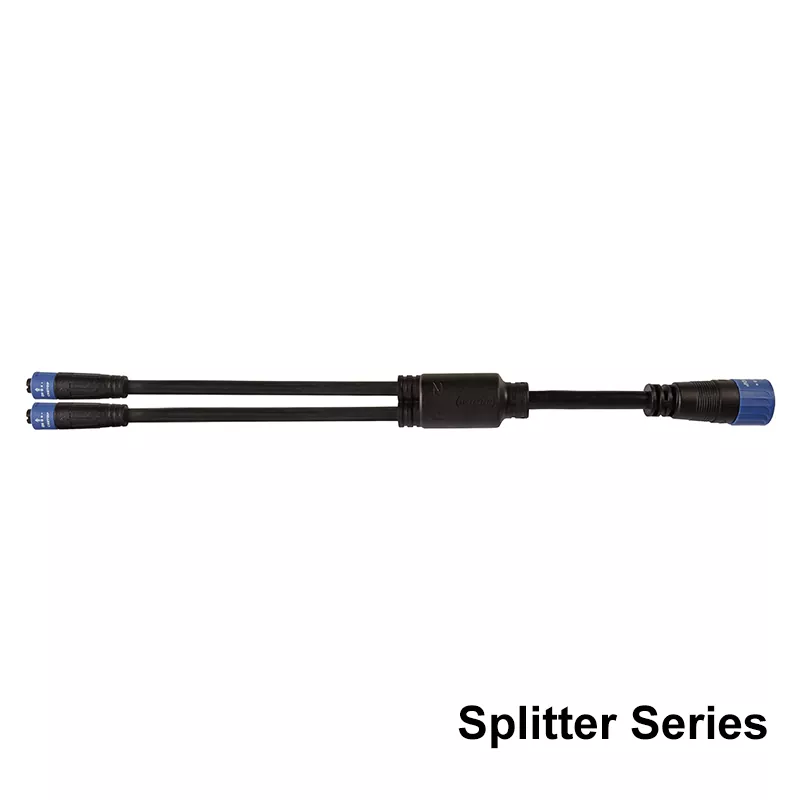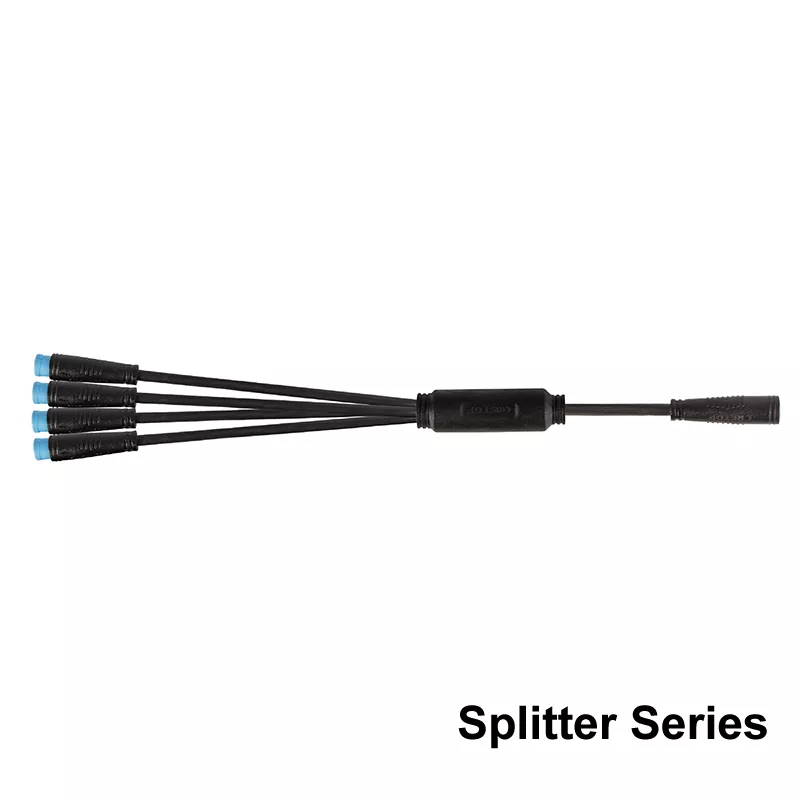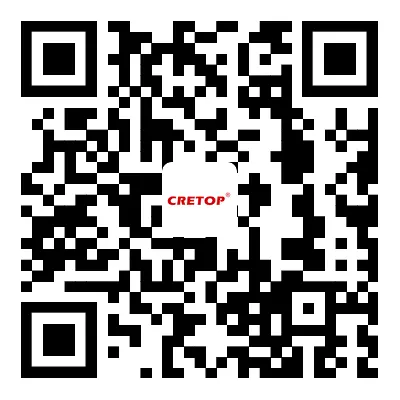- English
- 简体中文
- Español
- Português
- русский
- Français
- 日本語
- Deutsch
- tiếng Việt
- Italiano
- Nederlands
- ภาษาไทย
- Polski
- 한국어
- Svenska
- magyar
- Malay
- বাংলা ভাষার
- Dansk
- Suomi
- हिन्दी
- Pilipino
- Türkçe
- Gaeilge
- العربية
- Indonesia
- Norsk
- تمل
- český
- ελληνικά
- український
- Javanese
- فارسی
- தமிழ்
- తెలుగు
- नेपाली
- Burmese
- български
- ລາວ
- Latine
- Қазақша
- Euskal
- Azərbaycan
- Slovenský jazyk
- Македонски
- Lietuvos
- Eesti Keel
- Română
- Slovenski
- मराठी
How can industrial connectors improve their interference resistance when transmitting high-speed signals?
2025-10-16
In industrial scenarios, industrial connector often transmit high-speed signals, such as connecting servers in data centers and transmitting sensor signals on automated production lines. However, equipment such as motors and inverters in the workshop can generate electromagnetic interference. Furthermore, crosstalk between cables can easily weaken and distort high-speed signals, leading to device communication errors. Many technicians ask how to improve the interference resistance of industrial connectors and ensure more stable high-speed signal transmission.

Choose shielded connectors
The most common interference in industrial environments is electromagnetic interference. For example, running motors in the workshop generate magnetic fields, which can interfere with the high-speed signals transmitted by the connector. Therefore, when selecting industrial connectors, prioritize shielded models, such as those with metal housings and internal shielding mesh. These shields act like a "protective cover" to block external electromagnetic interference. There are two common types of shielding: a solid metal housing, such as a brass housing, which fully encloses the connector and reduces the penetration of external magnetic fields. The other type involves shielding mesh around the signal pins inside the connector, shielding individual signal channels and preventing crosstalk between adjacent channels.
Optimize Signal Pin Layout
If signal pins within an industrial connector are too close together, "crosstalk" can occur when transmitting high-speed signals. Therefore, to improve interference resistance, the connector's signal pin layout should be carefully considered. High-speed signal pins should be kept as far apart from other pins as possible, or separated by ground pins. For example, some industrial connectors utilize a "differential signal pair + ground isolation" layout: two pins carrying high-speed differential signals are placed together to form a differential signal pair, enhancing interference resistance. A ground pin is then added between adjacent signal pairs to isolate the different signal channels and prevent crosstalk. Other connectors separate power and signal pins, for example, placing the power pin on one side and the signal pin on the other, to prevent power fluctuations from interfering with signal transmission.
Select Appropriate Impedance Matching
When transmitting high-speed signals, if the impedance of the industrial connector does not match that of the cable or device, the signal will reflect at the connector interface, causing signal attenuation and distortion. This is also considered "internal interference." To improve anti-interference capabilities, it's also important to ensure the connector's impedance matches the entire signal chain. For example, common high-speed signal impedances are 50Ω or 100Ω. Select a connector with the appropriate impedance based on the signal type being transmitted.

Improve Interface Sealing
Although dust and moisture in industrial sites don't directly interfere with signals, they can affect the contact performance of industrial connectors. For example, dust entering interfaces can cause poor contact between signal pins, while moisture can oxidize pins, increasing contact resistance and leading to unstable signal transmission. This impact is particularly pronounced for high-speed signals. Therefore, improving anti-interference capabilities also requires proper connector sealing. When selecting connectors, consider their IP rating. For example, IP67 and IP68 connectors are effectively dust- and water-resistant, making them suitable for dusty and humid workshops. During installation, use matching sealing gaskets, such as silicone gaskets, to ensure there are no gaps between the connector and the device interface to prevent dust and moisture from entering.
Shorten Connection Distance
The longer the high-speed signal transmission distance, the greater the likelihood of external interference and the more severe the signal attenuation. Therefore, when laying out equipment, try to shorten the connection distance between Industrial Connectors. For example, place devices that need to transmit high-speed signals close to each other to reduce cable length and, in turn, reduce the contact time between signals and interference sources.


